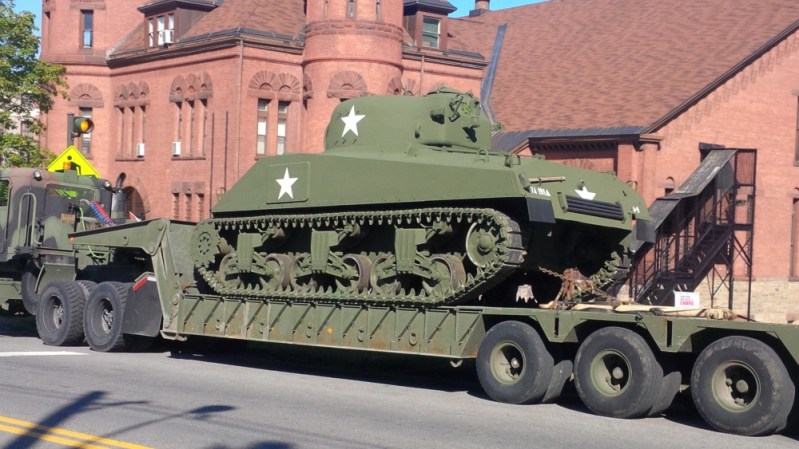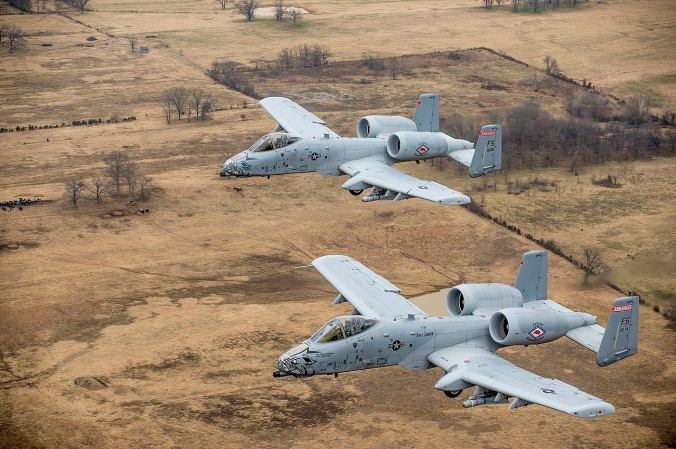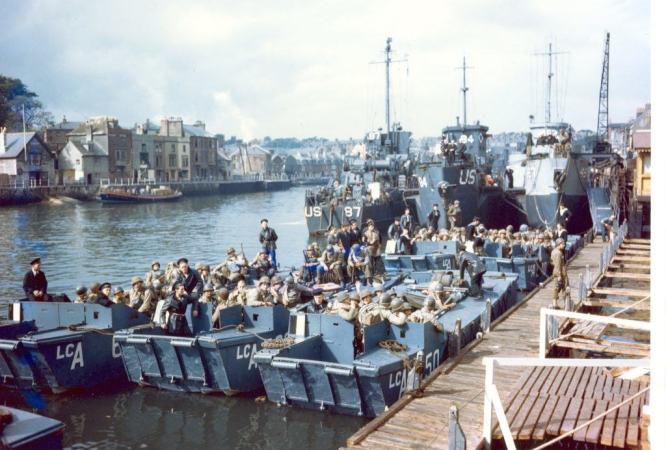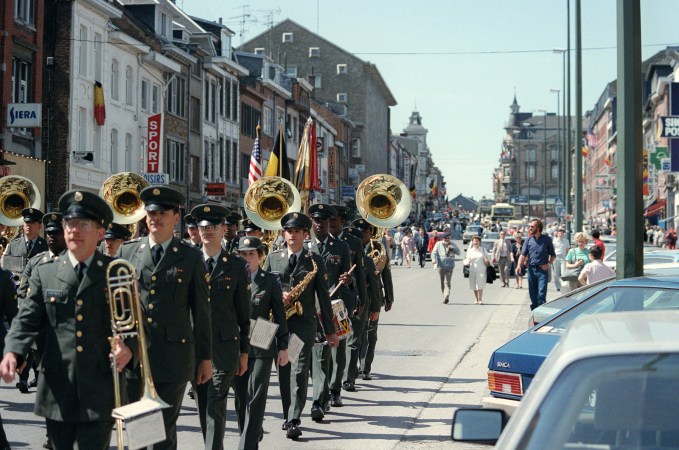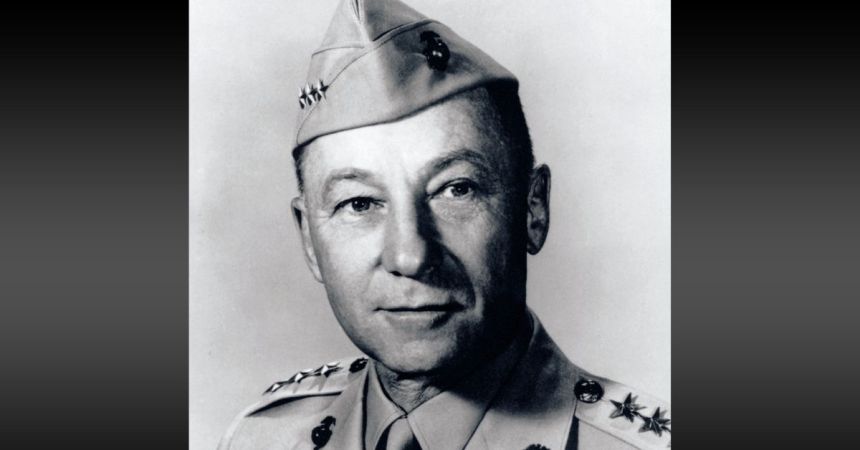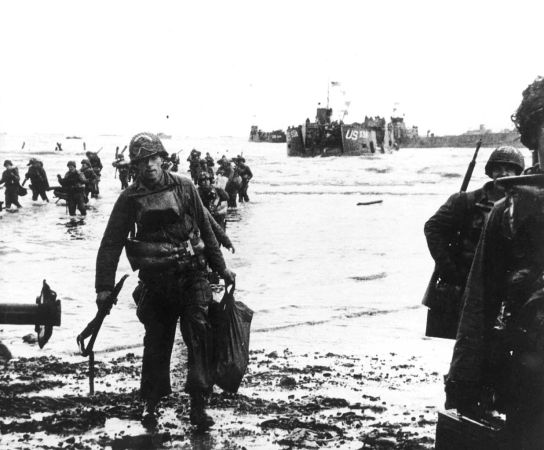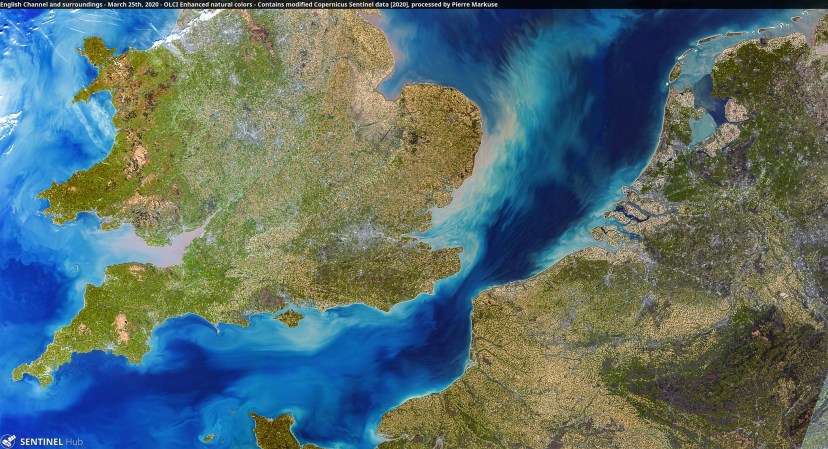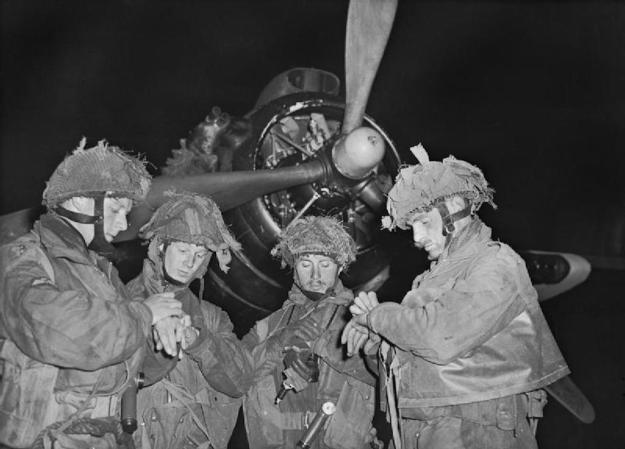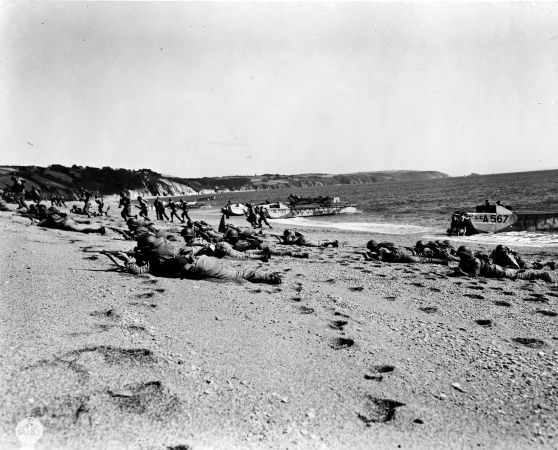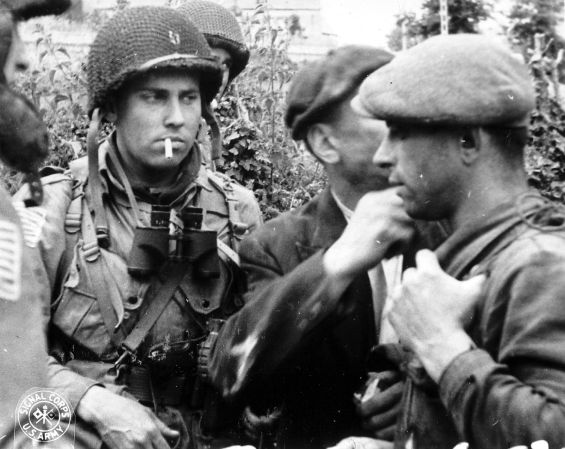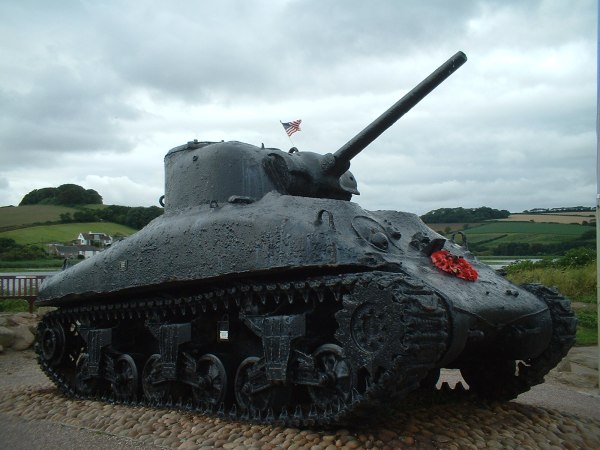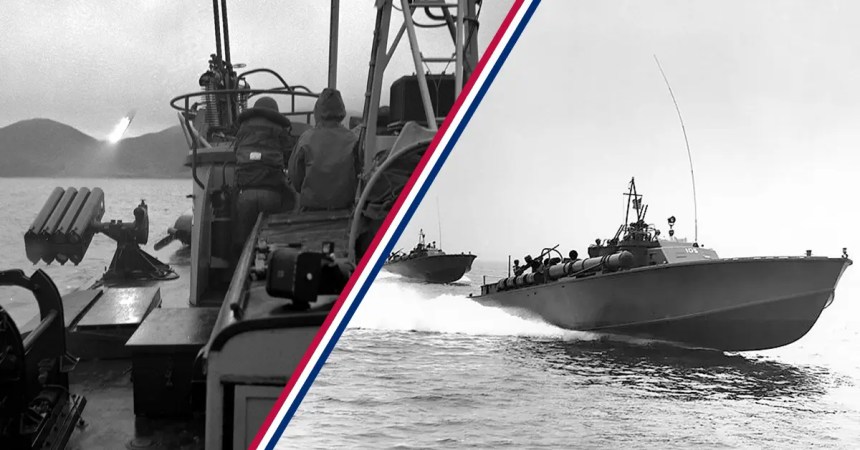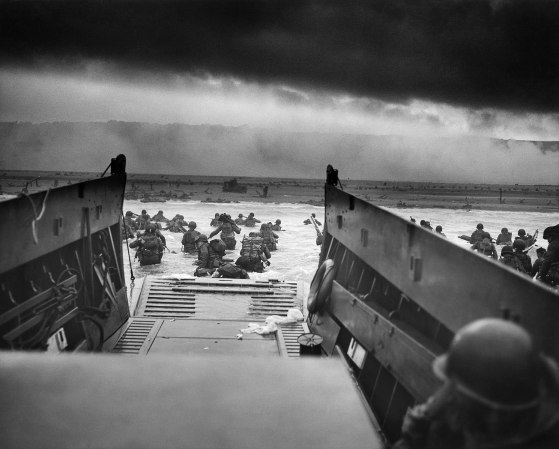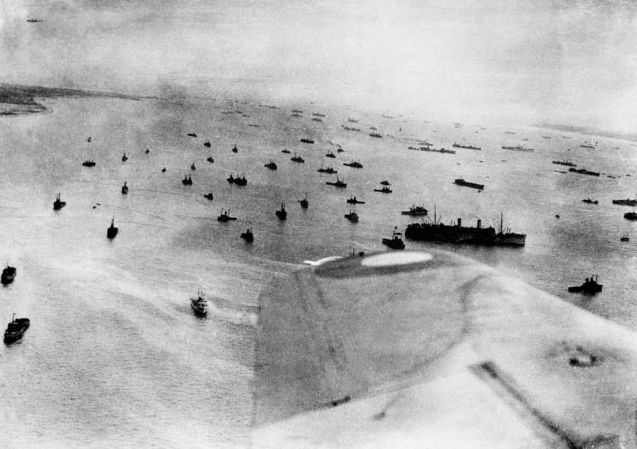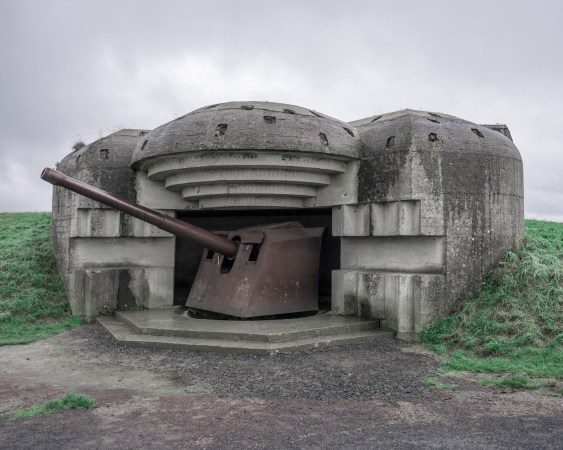June 6, 1944, will forever be remembered as D-Day. On this day, the Allies orchestrated a massive, complex assault on German fortifications, establishing a foothold on the Nazi-held European mainland. The invasion of Normandy required coordination between units in the air, on the land, and from the sea. Paratroopers dropped into place, troops stormed the beaches, and even George S. Patton was used as a decoy.
But one unassuming piece of technology was a crucial component to Allied victory: a small boat.
Officially, the Navy called it the Landing Craft, Vehicle, Personnel, but everyone knew it as the Higgins boat, named after its designer, Andrew Jackson Higgins. This small craft (it displaced just nine tons total) had a top speed of 12 knots in calm waters. That doesn’t sound like much when compared to today’s Landing Craft Air Cushion that carry 36 Marines at a blazing 40 knots, but it was was the Allies needed to fight and win this decisive battle.

A Marine officer observed Japan using Daihatsu-class barges in China and wrote a report.
The Higgins boat wasn’t an American original. Believe it or not, the inspiration came from Japan’s Daihatsu-class barges, 21-ton vessels with bow ramps, which were used in the 1937 Sino-Japanese War. Marine lieutenant Victor Krulak had observed the vehicles in action, photographed them from afar, and sent his observation to his superiors.
After his report was dismissed and filed away by Navy bureaucrats, Krulak made a model of the boat and went to directly to Higgins, asking him if he could create a version for American use. Higgins proceeded to design what would become the LCVP using his own money — he even constructed three prototypes.

German troops who saw hundreds of LCVPs closing in on the Normandy beaches or ferrying troops across the Rhine – as this LCVP is doing – had no idea the idea came from observing Japanese barges in China.
(US Army)
With the start of World War II, the Allies needed a landing craft. Higgins was ready to produce. The LCVP allowed the use of just about any open beach as a landing point. It was first used in Operation Torch, months after the failed raid on Dieppe.
If Nazi Germany ever wondered who was to blame for the Allies getting their hands on such a boat, perfect for amphibious assaults, they’d never think to look toward their own ally, Japan.



